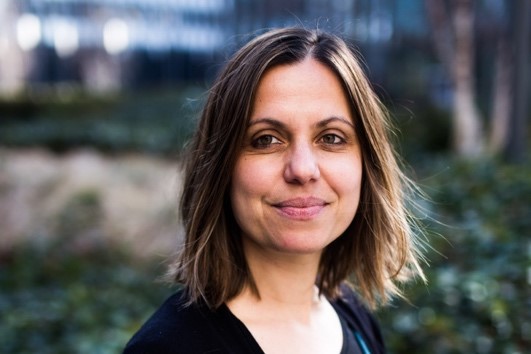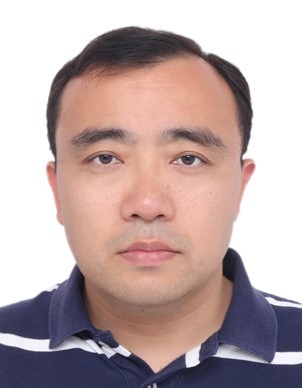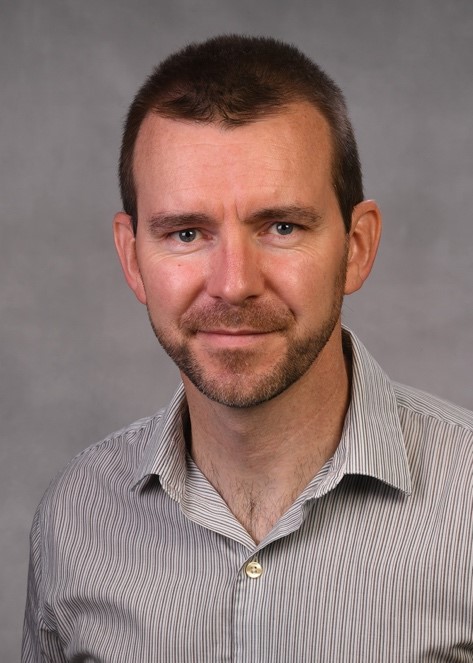Recently, quantum computers have demonstrated quantum computational supremacy over traditional super computers. Communication and network security will be challenged by the exponential computational ability of quantum computers. Quantum communication and quantum cryptography provide a solution for the cyber security in the quantum era. The quantum cryptography uses the principles of quantum mechanics to secure the data and is un-hackable by any mathematical methods. Quantum communication and networks is the physical layer and the key technical challenge of the quantum cryptography. In addition, quantum communication and networks also provide more applications beyond the cryptography.
Quantum communication and quantum cryptography promise better security in the future, but still have many technical difficulties at current stage. The workshop provides a forum for scientists, researchers, and developers in the emerging and fast-developing field.
The scope of the workshop includes:
- quantum communication protocol
- quantum communication and network implementation
- key components and devices for quantum communication system
- quantum key distribution (QKD)
- post-quantum cryptography (PQC)
- quantum communication security
- coexistence of quantum and classical communication
Important Dates:
Paper Submission Deadline: July 30, 2021 (Extended)
Notification of Acceptance: August 10, 2021 (Extended)
Camera-ready Paper Submission: August 20, 2021
Workshop: October 6, 2021
Submission Instructions:
We invite submissions of original research papers (6 pages) and extended abstracts (1 page).
Paper Submission Link: https://edas.info/N28557
For original research papers, submitted papers must be neither previously published nor under review by another workshop, conference or journal. Accepted and presented papers that are neither previously published nor under review by another workshop, conference or journal will be published in the IEEE CNS 2021 conference proceedings and in IEEE Xplore. Manuscript submissions should be in Adobe Portable Document Format (PDF) only. The page limit is 6 pages. Font size should be no smaller than 10 points. The minimum line spacing should be 10 pt.
For extended abstracts (1-page), at least one of the authors must register and present the work in the workshop. Accepted abstracts will not be published in the IEEE CNS 2021 conference proceedings nor in IEEE Xplore. Abstract submissions should be in Adobe Portable Document Format (PDF). Font size should be no smaller than 10 points. The minimum line spacing should be 10 pt.
Download Manuscript Templates for Conference Proceedings
Note: LaTeX templates IEEEtran LaTeX Class (template) packages and IEEEtran BibTeX (bibliography) packages. Be sure to use the template's conference mode. See template documentation for details.
The three most important elements of manuscript layouts are:
- Margins: these must be strictly followed. Manuscripts cannot be published until proper margins are used.
If you have problems setting the individual margins, please set 1 inch margins all around.US Letter A4 Top Margin 0.75 inch 19 mm Bottom Margin 1 inch 43 mm Side Margins 0.625 inch 13 mm - Manuscript should not have
- Headers
- Footers
- Page Numbers
- For latex users, the following should be added in front of the latex file:
\documentclass[conference]{IEEEtran}
%% IEEE CNS addition:
\makeatletter
\def\ps@headings{%
\def\@oddhead{\mbox{}\scriptsize\rightmark \hfil \thepage}%
\def\@evenhead{\scriptsize\thepage \hfil \leftmark\mbox{}}%
\def\@oddfoot{}%
\def\@evenfoot{}}
\makeatother
\pagestyle{empty}
Organizing committee:
Workshop Chairs:
Lijun Ma (The National Institute of Standards and Technology, USA)
Leah Ding (American University, USA)
TPC Members:
Thomas Garrits (The National Institute of Standards and Technology, USA)
Eleni Diamanti (The French National Centre for Scientific Research)
Feihu Xu (University of Science and Technology, China)
Yong-Su Kim (Korea Institute of Science and Technology, Korea)
Gorjan Alagic (Joint Center for Quantum Information and Computer Science)
Keynote
Keynote 1: Dr. Lidong (Lily) Chen, NIST
Title: NIST Post-Quantum Cryptography Standardization
Abstract: Quantum computers will accelerate information processing and solve previously unfeasible problems which promise life-changing scientific breakthroughs. However, the emerging quantum computers, when in full size, will completely break the well deployed public-key cryptosystems. This talk highlights quantum impact to communication and network security and introduces post-quantum cryptography (PQC). The talk will focus on NIST effort on PQC standardization and discuss transition strategies.
Keynote 2: Dr. Eleni Diamanti, the French National Scientific Research Center (CNRS)

Title: Secure communications in quantum networks
Abstract: Quantum technologies have the potential to improve in an unprecedented way the security and efficiency of communications in network infrastructures. We discuss the current landscape in quantum communication and cryptography, and focus in particular on recent photonic implementations, using encoding in discrete or continuous properties of light, of central quantum network protocols, enabling secret key distribution, verification of multiparty entanglement and transactions of quantum money, with security guarantees impossible to achieve with only classical resources. We also describe current challenges in this field and our efforts towards the miniaturization of the developed photonic systems, their integration into telecommunication network infrastructures, including with satellite links, as well as the practical demonstration of novel protocols featuring a quantum advantage for a wide range of tasks. These advances enrich the resources and applications of the emerging quantum networks that will play a central role in the context of future global-scale quantum-safe communications.
Keynote 3: Prof. Qiang Zhang, University of Science and Technology of China (USTC)

Title: Long distance quantum communication network
Abstract: Quantum network can provide unconditional secure communication, distributed quantum computing and remote sensing. Here, I shall review the experimental progress towards large scale quantum network, including PQC authorized metropolitan QKD network, field test of twin field QKD over long haul fiber, miniature satellite based QKD and etc.
Keynote 4: Dr. Oliver Slattery, The National Institute of Standards and Technology (NIST)

Title: Overview of The Quantum Communications and Networking Project in NIST’s Information Technology Laboratory
Abstract: Research in the Quantum Communications and Networking Project in NIST’s Information Technology Laboratory (ITL) focuses on developing quantum devices and studying them for use in quantum communications and quantum networking applications. The project goal is to bridge the gap between fundamental quantum mechanics and information theory and their practical applications in information technology. In this talk, we will provide an overview of our current research and our goals for applying this research towards quantum network applications.


